Enantioselective Mixed Matrix Membranes for Chiral Resolution
H.-J. Choi, Y.-H. Ahn, D.-Y. Koh* Membranes, 11(4) 279 (2021)
H.-J.C & Y.-H.A. contributed equally
https://doi.org/10.3390/membranes11040279
Most pharmaceuticals are stereoisomers that each enantiomer shows dramatically different biological activity. Therefore, the production of optically pure chemicals through sustainable and energy-efficient technology is one of the main objectives in the pharmaceutical industry. Membrane-based separation is a continuous process performed on a large scale that uses far less energy than the conventional thermal separation process. Enantioselective polymer membranes have been developed for chiral resolution of pharmaceuticals; however, it is difficult to generate sufficient enantiomeric excess (ee) with conventional polymers. This article describes a chiral resolution strategy using a composite structure of mixed matrix membrane that employs chiral fillers. We discuss several enantioselective fillers, including metal-organic frameworks (MOFs), covalent organic frameworks (COFs), zeolites, porous organic cages (POCs), and their potential use as chiral fillers in mixed matrix membranes. State-of-the-art enantioselective mixed matrix membranes (MMMs) and the future design consideration for highly efficient enantioselective MMMs are discussed.


